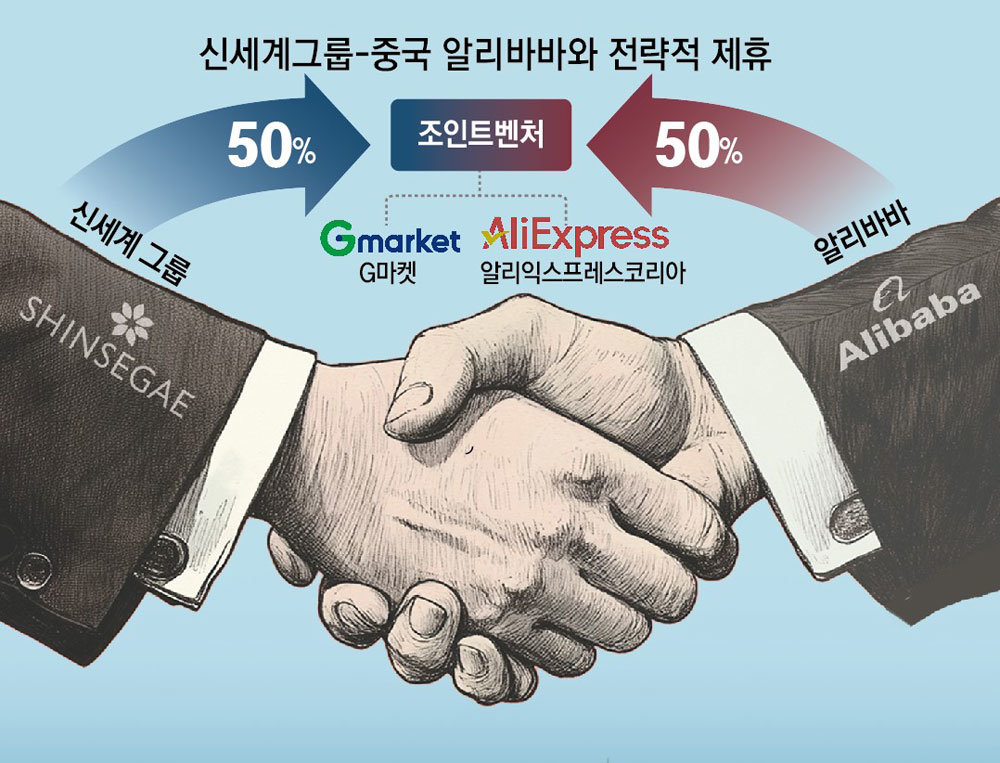Honda and Nissan Merger: Revolutionizing the Auto Industry
Explore how the Honda and Nissan merger could reshape the automotive landscape, establishing a powerful contender in the evolving electric vehicle market.
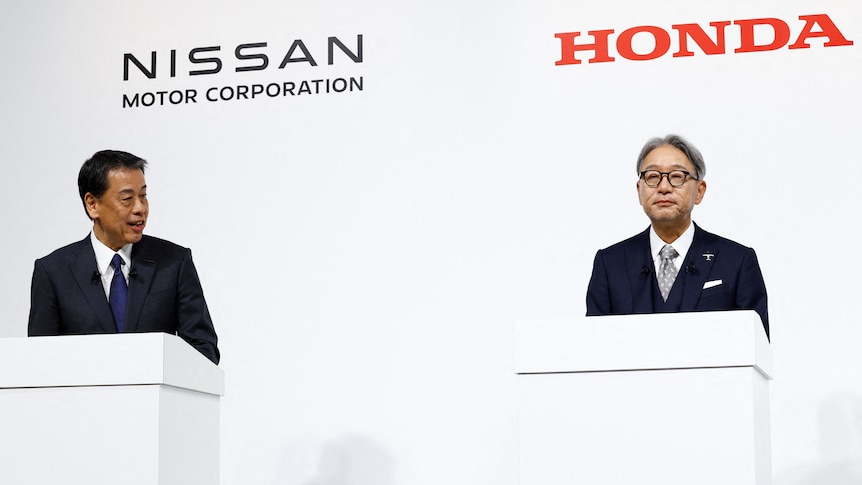
Key Points
- The proposed merger between Honda and Nissan
aims to create the world's third-largest automaker, enhancing competition against industry giants like
Toyotaand
Volkswagen.
- By combining their resources and expertise in electric vehicle technology, Honda and Nissan seek to drive innovation and reduce operational costs.
- Market response has been positive, with both companies experiencing a surge in share prices following news of the potential merger, reflecting investor confidence.
In a bold move that has sent ripples through the automotive industry, Japanese giants Honda and Nissan are engaging in merger talks that could redefine the landscape of automobile manufacturing. As these two renowned manufacturers explore the possibility of creating the world’s third-largest automaker by sales, the implications of this merger could be monumental not just for Japan but for the global automotive market as a whole.
The intention behind this merger is clear: a unified front against rising competition. With the automotive industry witnessing unprecedented changes, particularly in the shift toward electric vehicles (EVs), Honda and Nissan aim to combine resources and capabilities. The pressures from Chinese manufacturers, known for their aggressive pricing and rapid advancements in EV technology, have presented significant challenges to both companies. A merger would not only combine their strengths but also better position them to compete with powerhouses like Toyota and Volkswagen.
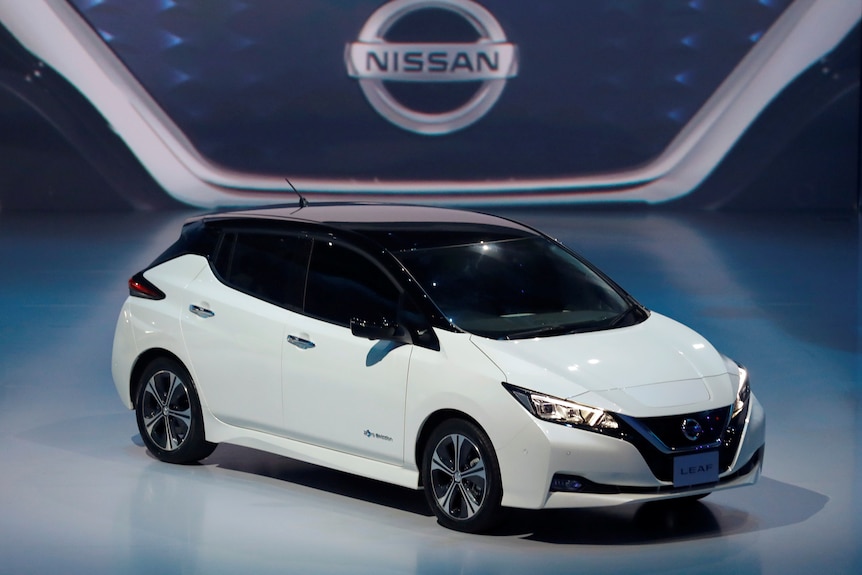
The discussions are not just limited to Honda and Nissan;
, a smaller member of the Nissan alliance, is also expected to partake in this integration. This collaboration, if successful, could result in a powerhouse capable of producing around 8 million vehicles annually. To illustrate, the combined output would still trail behind Toyota's remarkable 11.5 million vehicles sold in 2023 but would surpass Hyundai Motor Group’s approximately 7.3 million sales, marking a significant competitive shift.
Strategic Synergies: The Benefits of Collaboration
One of the primary motivations for this merger is the anticipated synergies in research, development, and production. Both companies recognize that the transition to electric mobility and autonomous driving technology is not merely a trend—it’s an industry-wide imperative. Honda, recognized for its hybrid technology, and Nissan, a pioneer in electric vehicles, are poised to gain substantially from their combined expertise.
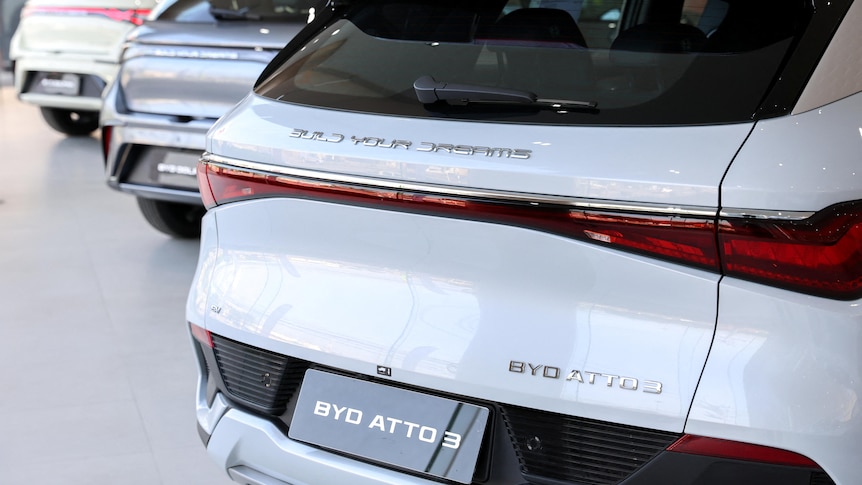
By prioritizing joint development initiatives—like sharing components for EVs and researching autonomous driving software—they can streamline operations while significantly lowering costs. This strategic partnership could yield a futuristic lineup of vehicles that appeals to a broader consumer market and aligns with global sustainability goals.
The Market Response and Future Implications
The market has reacted positively at the prospect of this merger, as indicated by the surge in share prices for both automakers shortly after the news broke. Nissan’s shares jumped by over 20%, while Honda's increased by nearly 4%. This positive momentum reflects investor confidence in the potential of such a substantial consolidation within the industry.
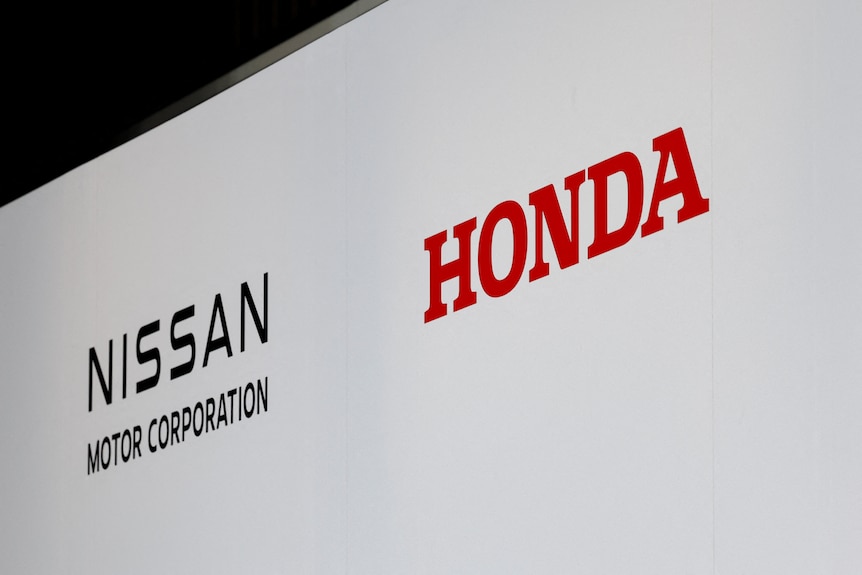
Add to this the recent strategic aspirations of technology firms like Taiwan’s
, which have expressed interest in collaborating with Nissan, and the picture becomes even clearer: the automotive industry is on the cusp of a transformative era.
A Look Ahead in the Automotive Landscape
However, it’s essential to acknowledge the challenges ahead. The memory of
's arrest still lingers, and many observers, including Ghosn himself, have raised concerns about the feasibility of this merger due to the perceived overlap in products and services offered by Honda and Nissan. Despite the skepticism, the potential for innovation and growth remains impressive.

As the global market continues to pivot towards greener alternatives and advanced technologies, consumer expectations are evolving. Companies that can adapt swiftly and efficiently will thrive. Therefore, the merger between Honda and Nissan could prove to be a visionary step toward not just survival, but leadership within a new automotive paradigm.
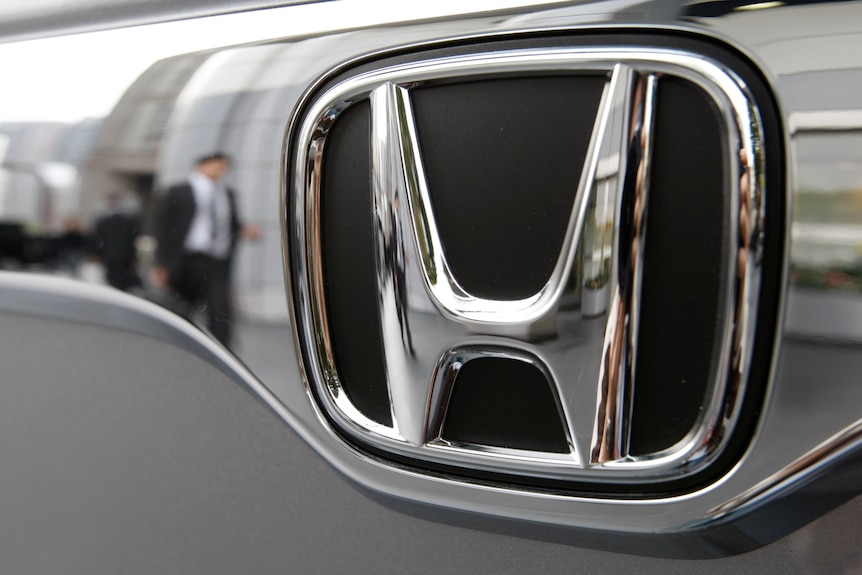
This potential fusion of Honda and Nissan represents more than just a merger; it's a response to a rapidly changing landscape. By forging this alliance, they could potentiate their futures, reimagining automotive offerings for an eco-conscious world and emerging on the other side as a formidable contender. Such strategic alliances may be the cornerstone in shaping the future of the automotive industry, setting new standards as they redefine their legacy.

